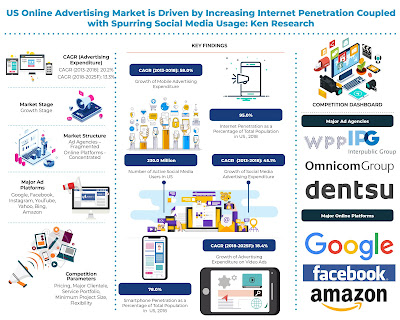Ground
support equipment or GSE is defined as a support device used to service the
aircraft between flights. It is found at the airside & airport terminals
for aircraft support or additional passenger. It also helps the aircraft
maintenance & service between flight stoppages. It enables the movement of
airplane from landing until its take-off, and aid in handling tasks for instance
aircraft maintenance, refueling, maneuvering, etc. at the airport. It is either
operated or managed by specialized ground handling staff of airlines or service
providers.
According
to study, “Global
Ground Support Equipment Market 2019 by Manufacturers, Regions, Type and
Application, Forecast to 2024” the key companies operating in the
global ground support equipment market are TLD Group, Fast Global Solutions,
JBT Corporation, Nepean, Tug Technologies Corporation, Global Ground Support,
Mallaghan, Toyota Industries Corp, MULAG, Guangtai Airports Equipment, Tronair,
Shenzhen TECHKING, Aero Specialties, Hangfu Airdrome Equipment, DOLL, Gate GSE.
The key players are continuously investing in research & development
(R&D) for incorporating advanced telematics & management solutions.
Moreover, the addition of Radio-frequency identification (RFID) technologies
along with connected services provide ground and airliners service handlers
with real-time perceptions and updates on the status of the cargo handling and vehicle
activities. Additionally, the advanced technologies and solutions enable
players to dynamically engage their equipment to decrease turnaround time and
improve efficiency significantly.
Based
on power type, ground support equipment market is segmented into electric
ground support equipment, non-electric ground support equipment and hybrid
ground support equipment. The electric ground support equipment segment
dominates the market owing to increase in demand for energy efficient, green
& clean ground support equipment technologies. Based on component, market
is segmented into green-field, brownfield, and maintenance, repair and overhaul
(MRO). In addition, based on end-use, market is segmented into commercial and
defense. The commercial segment is projected to witness higher growth due to
rise in aircraft, freight, and passenger movement across the world during the
forecast period.
The
ground support equipment market is driven by increase in air traffic &
cargo, followed by leasing of ground support equipment, rise in focus of
airports on enhancing operational efficiency, increase in warehouse operations
at airports and high service standards. However, high acquisition costs of
electric ground support equipment and inadequate charging infrastructure may impact
the market. Moreover, rise in focus towards procurement of greener GSE, emerge
in use of wireless technology and outsourcing of MRO to the third party are key
opportunities for market.
Based
on geography, the North-American region dominates the ground support equipment
market owing to growth in the demand for electric & hybrid ground support
equipment in the region. Whereas, the European and Asian-Pacific regions are
expected to witness higher CAGR due to increase in investment by several
developing countries and rise in imports & exports activities over the
forecast period. In near future, it is predicted that the market will be
reached at rapid pace on account of rise in number of airlines & airports
coupled with rise in warehouse operations at airports during the forecast
period. The global market is probable to grow at a CAGR of approximately 5.7%
over the next five years, will reach US $2790 million in 2024, from US $2010
million in 2019.
To know more, click on
the link below:-
Related Reports:-
Contact Us:-
Ken
Research
Ankur
Gupta, Head Marketing & Communications
+91-9015378249



